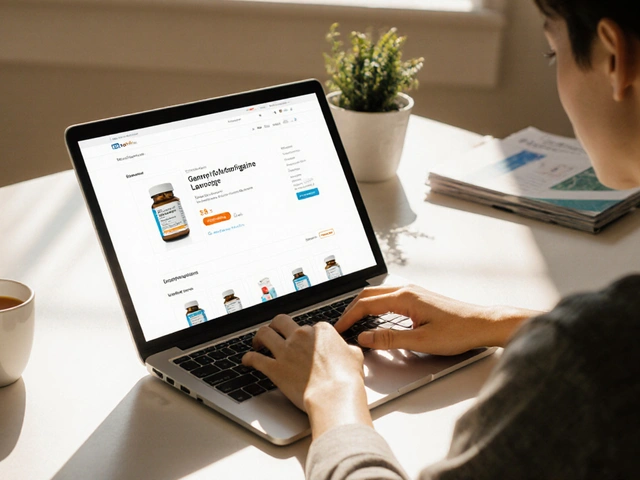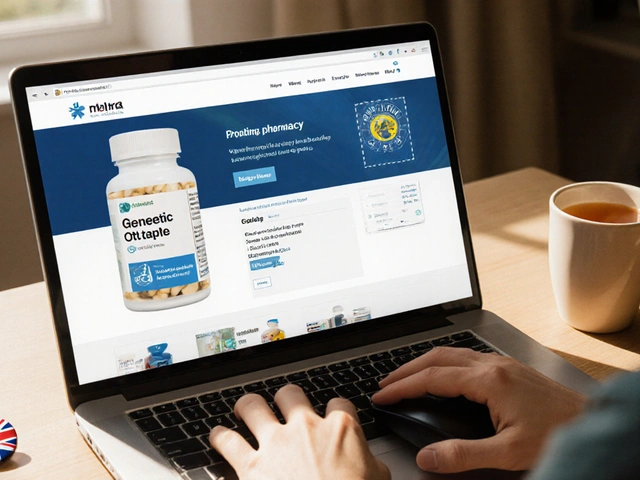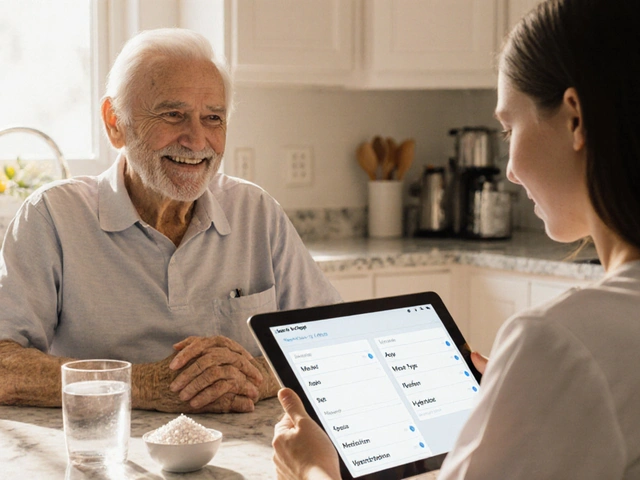Alternative TB Drugs: Options Beyond First‑Line Therapy
When dealing with alternative TB drugs, medications used when standard tuberculosis treatments fail or cause intolerable side effects. Also known as second‑line TB therapy, they are essential for managing MDR‑TB, multidrug‑resistant tuberculosis that does not respond to first‑line drugs. Tuberculosis, a bacterial infection caused by Mycobacterium tuberculosis remains a global health challenge, and as resistance rises, clinicians must turn to alternatives. This shift requires resistance testing, careful dosing, and close monitoring, because the choice of an alternative drug directly influences treatment success and side‑effect profiles. In short, alternative TB drugs encompass a range of second‑line agents that fill the gaps left by first‑line therapy.
Key Classes of Alternative TB Drugs
Understanding the main drug families helps you see why alternative TB drugs are more than just backups. Fluoroquinolones such as levofloxacin or moxifloxacin inhibit DNA gyrase, offering strong bactericidal activity but carrying a risk of tendon problems. Aminoglycosides like amikacin or streptomycin bind the bacterial ribosome, delivering rapid killing power yet demanding hearing and kidney monitoring. Oral agents including cycloserine, ethionamide, and p-aminosalicylic acid work on cell‑wall synthesis or folate metabolism, providing flexibility for patients who can’t tolerate injections. Newer options like linezolid and bedaquiline target protein synthesis or ATP synthase, showing high efficacy against resistant strains but often requiring dose adjustments for blood‑count or cardiac concerns. Each class brings a distinct set of attributes—mechanism of action, route of administration, side‑effect profile, and cost—so providers can match the drug to a patient’s specific resistance pattern and health status.
Choosing the right alternative involves more than picking a drug; it means weighing several factors. First, the specific resistance profile—whether it’s MDR‑TB, XDR‑TB, or simply intolerance to a first‑line agent—guides which class is appropriate. Second, patient comorbidities such as liver disease, diabetes, or HIV can dictate dosage limits or rule out certain agents. Third, monitoring requirements differ: some drugs need regular blood counts, others need audiograms or electrocardiograms. Finally, cost and availability matter, especially in low‑resource settings where the newest agents may be out of reach. By aligning resistance data, clinical context, and practical considerations, clinicians can build an effective regimen from the pool of alternative TB drugs, improving outcomes while minimizing toxicity.
A detailed comparison of Isoniazid with other first‑line TB drugs, covering mechanisms, side effects, resistance, and practical regimen choices.
Recent-posts
Categories
Tags
- online pharmacy
- side effects
- online pharmacy UK
- generic drugs
- Tadalafil
- arthritis medication
- buy medication online
- prescription medication
- motion sickness
- Sildenafil
- Vardenafil
- ED medication alternatives
- drug interactions
- drug safety
- opioid side effects
- generic medication prices
- brand drugs
- premenstrual dysphoric disorder
- sleep quality
- PMDD






